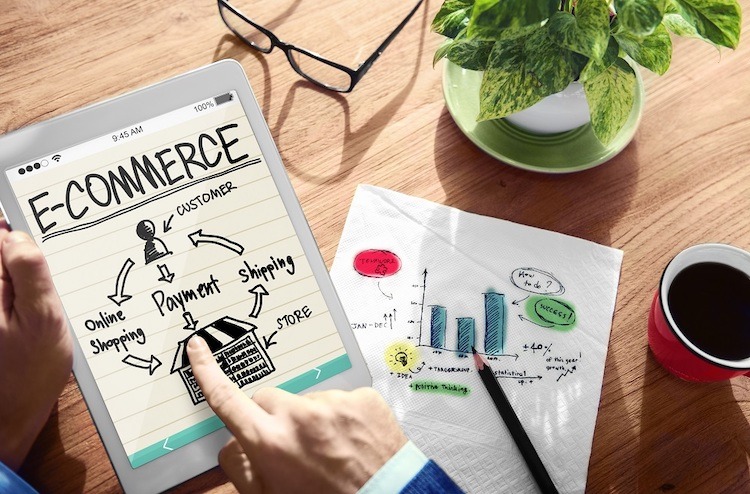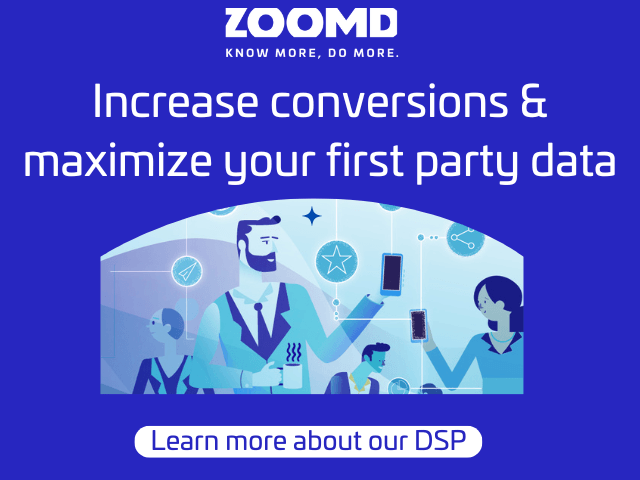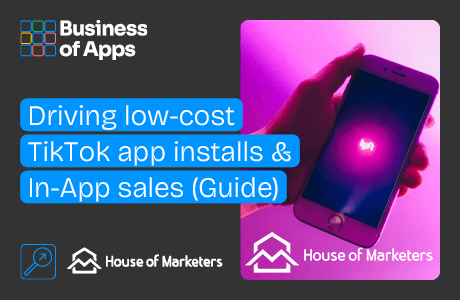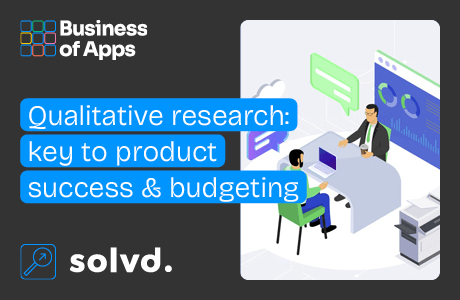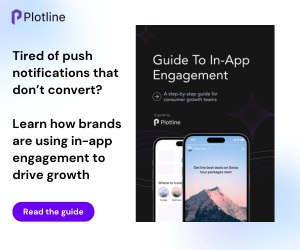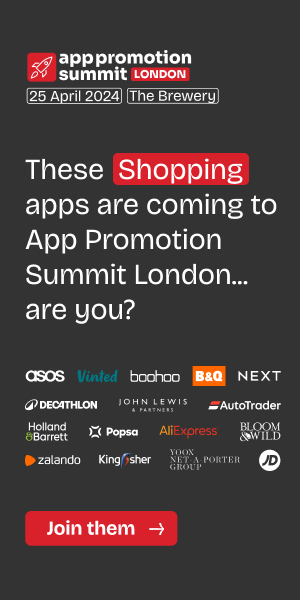The number of people shopping online is increasing day by day as it is convenient to do so from anywhere. If you have a physical store, you should consider building an online store too, as it is a great way to make extra money. Also, having e-commerce solutions for your business is a smart and cheap way to reach the global audience.
The development process of an online/e-commerce store is hard if you have no clue where to start. But the good news is that to build a good custom e-commerce site doesn’t require much money, time or technical knowledge.
With the right knowledge of e-commerce platforms like Shopify, Wix, and BigCommerce, you can quickly develop your online site. You can even hire an e-commerce website development company for creating your website. All these platforms are easy and cheap to use whether you use it to develop yourself or hire an ecommerce web development company.
There is no coding required, but you do need to a full guide about how to use these tools for developing your online store. It is exactly what we will do in this blog.
The 11 steps that will guide to develop an e-commerce website
1. Find the website builder that fits your needs
There are numerous eCommerce platforms available in the markets that are easy to use. Some of the tools are expensive while others are affordable. So, let’s list some of the best tools and their features for your online store development.
- Shopify
The best eCommerce development platform is Shopify. It has tons of features that will help you develop a scalable online store. It has the ability to sell products across many social platforms like Facebook, Amazon and so on.
- Wix
Wix is best suited for small businesses and startups. It has more than 510 templates that suit all genres of business like sports, beauty and so on. All the templates are optimized for mobile use. Other features include adding product videos, editor and easy user-interface.
- BigCommerce
Another great platform for your eCommerce site is BigCommerce. It creates a scalable site and has great SEO tools and has many more features than its competitors.
- Weebly
With plenty of features with drag and drop being one of them, it is the easiest platform. The best feature of Weebly is that it lets you create dedicated pages for all your products.
- Magento
The current favorite tool for developing online store is Magento. All over the globe, the developer prefers it. It integrates advertisement, analytics, and content creation and so on to provide the best user experience.
Some other eCommerce website development platforms are- WordPress, Big Cartel and so on.
Why to use these tools for building your online site?
A developer can make a website from scratch using coding and programming. It will take time, but the end result is great. So, why use these tools?
- These website building tools host your site on the internet.
- It aids you in buying a domain name.
- They are secure and have certificates to prove that. It helps to keep the payment getaway and customer details safe.
- It monitors your site continuously so that it runs smoothly.
Now, you must be confused about choosing the right platform. Don’t, check with your team and find out the purpose of your online store. Once you are clear on that, the right platform will be easier to find.
2. Test the tool
Before you start with the development process, test the tool to find out any discrepancies. For a successful online store, this step is crucial. To test the e-commerce development platform, all you have to do is sign-up for the free trial and start exploring.
Here some things to check in the test which will help you find the right tool:
- How easy is it to customize the features or modify it?
- Are the templates/theme provided suits your business? Also, check whether it’s easy to choose them or not.
- How is the navigation feature and can you customize it to add sub-menus and all?
You can make a trial site and check out all these and other things that you require for your business.
3. Buy the right plan for your business
Once you have finalized your e-commerce site development platforms and tested it. It’s time to choose a plan for starting the development process. All these tools come with many plans- free, paid version for individual and paid version for companies.
According to your need and size of the online store, you will have to choose the plan. A free plan of all these platforms supports minimum selling of products and runs up to 15 days.
If you want to build an e-commerce store, you need more features, and functionalities, which mean buying the full version. If you want a small online store, maybe you can develop it using the free version.
4. Register for a domain name
A domain name is the part of URL that has the name of your business. It is crucial to have a good domain name as it builds trust and brand with your consumer. With the help Shopify, Wix and BigCommerce platform, you can buy a great domain name in around $10-$20 per year.
Here are some tricks and tips to select a correct domain name for your eCommerce solution:
- Country code: Picking a correct country code is crucial. If you plan to sell your product to only international clients, use a dot com (.com) domain. If selling to a specific county, then you can use their code. Like Amazon has both .com for US and international consumers and .in for selling just in India.
- No brand name: Avoid using brand or product name in the URL as it can get you into legal troubles.
- Unique: The domain name should be unique, but not so weird that people find it hard to look on a search engine.
- Integrate a keyword: In the domain name, add a term that resonates with your business. The keyword will help you to have a higher rank in search engines which will ultimately get you more traffic and sales.
If you already have a domain name, you can link it with your online store or cancel that agreement.
5. Pick template for your website
Templates also known as themes make your site appealing. Most e-commerce platform lets you design and develop your own site too, but that requires coding. So, if you want to avoid that, use these templates.
Here are some tips for choosing the right template:
- Features you want in your store: Features are the key to a good website. So, brainstorm and decide which feature is more important for your store. It can be mapped, about us page and so on. Make a list of features and use it narrow down the template.
- Homepage style: Homepage is the first thing consumers will notice about your e-commerce site. So, make sure that the chosen template does justice to it. Based on your business goals, decide what you want more videos, sliders, single image and so on.
- Smooth navigation: The navigation of the website should be simple and helpful. A potential customer will surf through the site for 10-20 seconds if the template’s navigation feature is weak; it means that they won’t find what they are looking for easily. It will amplify bounce rate of the website.
Other than that, check out the font and color of the template. It should go with your brand image and should not be offensive.
6. Customizing the template
After choosing the template, the e-commerce development tools allow the user to customize it. For customization, you will have to go to the store’s admin panel. You can modify anything according to your will.
- Text Size, Color and Font
- Color of the theme
- Use of images
- Product’s position and so on.
7. Time to add the products
Once you have customized your template, it’s now time to add products to your website. There is a button that will guide in adding your products. You must add these details to your product to make it more alluring consumers:
- Name of the product and name of the brand (If outsourcing)
- Price of the good
- Category
- Weight for physical things
- File (For eBooks and all)
All the platforms have a different policy when it comes to a number of products, product description and variation you can add.
A product description is crucial to get the attention of the consumer along with images and category.
Check out these pro tips for the description:
- Don’t use a long sentence to describe the product. No one has that much time.
- Don’t use cliques or technical jargon while describing a product.
- The description should also be SEO optimized as it will help you rank higher and get more traffic and sales.
For product image:
- The images used should be high in quality and must not be blurry.
- The size of every image must be the same.
- The photos of the product should be taken with a piece of good quality equipment.
- The image should be visible from every angle, so a 360-degree option is necessary.
- The image should have a zoom button.
- The images used should be optimized so that they don’t slow down your website’s speed.
For product category:
- Price range so that people pick products that they can afford.
- Option to filter the product using price, size and so on.
8. Payment methods
Online stores will be incomplete without payment gateway. It is a crucial step in converting a consumer into a buyer. E-commerce development tool makes integrating payment methods of all kinds into the site easy.
They connect the user directly to PayPal, Apple and Google Pay, Credit/Debit cards, Master or Visa Cards for paying. The option to pay on delivery is also available.
Payment option:
There are three popular payment options:
- Merchant account and payment gateway: In this option, you partner up with a bank and they accept payment on your behalf. After this, they transfer the amount to your business account.
- Payment gateway packages: In this option, software integrates all the option into one and processes your card payments.
- Credit card payment: In this option, the payment method is integrated with the store’s cart which means you don’t have to leave the site to complete your payment.
Tips to apply the best payment method for your online store:
- To find out which payment methods work for your site, keep these things in mind:
- Figure out the estimated number of total sales
- Customer details are also crucial. Find out, where the customer is from so that you can have a payment getaway preferred by everyone.
- The payment method should also go with your store’s purpose and needs.
Security measures:
Customer worries most about security as they share their private details online. So, making the site secure should be your priority, and it’s also easy to do so.
The website building tools use SSL certificates to secure the website. Secure Socket Layer encrypts user data and optimizes user experience while online shopping secure.
SSL is inbuilt in the tool. If not, it will be available as an add-on.
What is the cost of these Payment Options?
- All the different payment methods have different charges. Since, it comes bundled with other features, de-tangle them. Figure out how much you are paying and for what? Keep the following points in mind:
- You cannot avoid the credit card fee. The provider sets the fee which is passed on by the platform.
- The charge on using payment processors varies from 1%+ 10p to 3% + 30p per transaction.
9. Shipping settings
The next step is to set up the shipping settings so that you can deliver the products on your website.
Different e-commerce platforms have different options, but to set up this tab, you will need these details.
Address of the shipping office:
- Include the address of the shipping origin to calculate taxes and all. It also makes printing labels and asking for quotes easy.
- Address of shipping origin office is required when products are not shipped from the main office.
- Shipping zones you want to cover:
- Shipping rates vary between countries and Zones. All development tools allow the user to charge different rates from consumers based on their zones.
- The admin page shows your shipping zones and the individual rate of shipping for each zone.
- Different shipping options are:
- Here is how you can ship products to different zones:
- Free shipping: If you sell a luxury product and can afford it, this is the best option. Also, set the option of free shipping after a certain value. If your online store sells products that are affordable, then don’t pick this option as it won’t be profitable for you.
- Flat rate: In this option, you use the same amount for shipping any product. It is a great marketing tactic, and you can cover the entire country or some district in one price range.
- Real-time price: The shipping charge depends on the product’s weight, size and so on. It is good for products that are expensive to ship for free.
- Pickup by a customer: A great option is to ask the consumer if they want to pick the parcel from a local store or the office.
Different shipping services:
- The online store building tools allow you to provide different shipping options to your consumers. It includes paying more for a one-day delivery and so on.
10. Settings for the store
Your online store needs to run properly every single minute and this needs proper settings. You can do this by filling out your preferences for each of the following in the store setting section of the tool.
- Language: Select the language that the customer will see on the website
- Currency: The currency you want to deal in
- Time zone: To track the orders, set up your time zone.
- Address: Contact information and address of the main and local office.
- Store Name: Name of the store that you want on the title, homepage and other pages and online searches.
- Contact Details: A public phone number and an email address
- Setting for the order: In this, you set the option of adding tax to your product or not
- Product settings: In the product settings, you can decide what details about the product you want.
You can take help from the tool’s support team to figure out all this.
11. Test the whole site and then publish it
The last step before publishing your site is to test it. You need to make sure that every section of the e-commerce site works perfectly. Any issue can dampen the user experience and sales of your site, so be careful.
Here are things that you should monitor while testing your site:
Checkout process
- Make sure that the checkout process works by making sure:
- All payment methods work against an order
- Shipping charges, price and category, and other details are visible.
- Discount and coupon codes are there or not.
- Whether the taxes on the product is visible or not.
- Refund policy on the product works or not.
- The best way to check all this is by ordering a product and refunding it.
Functionality:
- Make sure all the links and buttons like zoom in button works or not. If any of the functionality of the sites doesn’t work, it will make you lose customers.
- Content:
- Whatever content you use on your online store, should be free of errors and should be original.
- Mobile optimized:
- Make sure that your website works on all mobile devices as people prefer their Smartphone devices more.
- Different browser:
- Make sure that the website is easily accessible on all web browsers. Check the loading time and speed and fix any issue before launching.
Take some time to check these things before launching the site as there is no room for errors in this stiff competition.
Conclusion
The development process of an e-commerce site takes some time and research, but the end-result will be satisfying. With the help of this guide, you can easily use any of the e-commerce website development tools and start creating your online store. Always double check your work and make a detailed plan before executing it.



